Which is The Best Social Media Platform to Use in B2B Marketing?
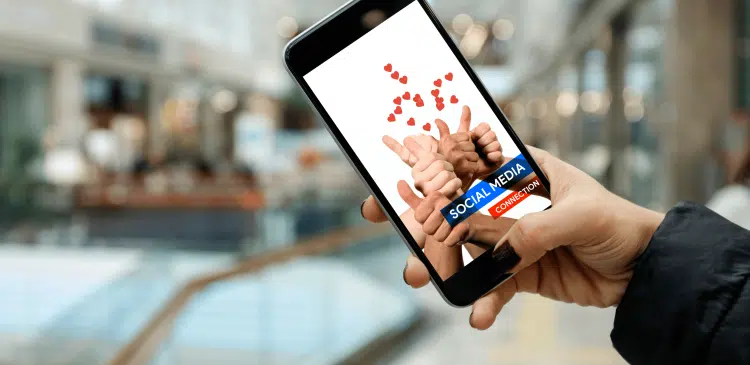
In this new digital era, social media is not just a place to take selfies, share memes, or popular dances, but a potent means of businesses to connect, communicate, and convert. In B2B (Business-to-Business) marketing in particular, the ideal social media platform can open new avenues of partnerships, leads, and sustained development.
However, there are so many platforms available in the market: LinkedIn, X (once Twitter), Facebook, Instagram, YouTube, Tik Tok, the list is endless. The big question is:
Which B2B marketing social media is the most appropriate?
Let’s Break it Down:
Understanding B2B Marketing on Social Media
It is crucial to know the difference between B2B marketing on social media before we dive into particular platforms.
- Target Audience: B2B marketing is about businesspeople, decision-makers, and other businesses–not ordinary consumers.
- Goal-Oriented: The goal is to create leads, develop trust, demonstrate the expertise, and facilitate long-term sales cycles.
- Content Style: B2B content is more informative, educational or industry-specific than it is purely entertaining.
Therefore, the most appropriate platform to use in B2B is not the platform with the largest number of users, but the one that has the right audience in the right environment.
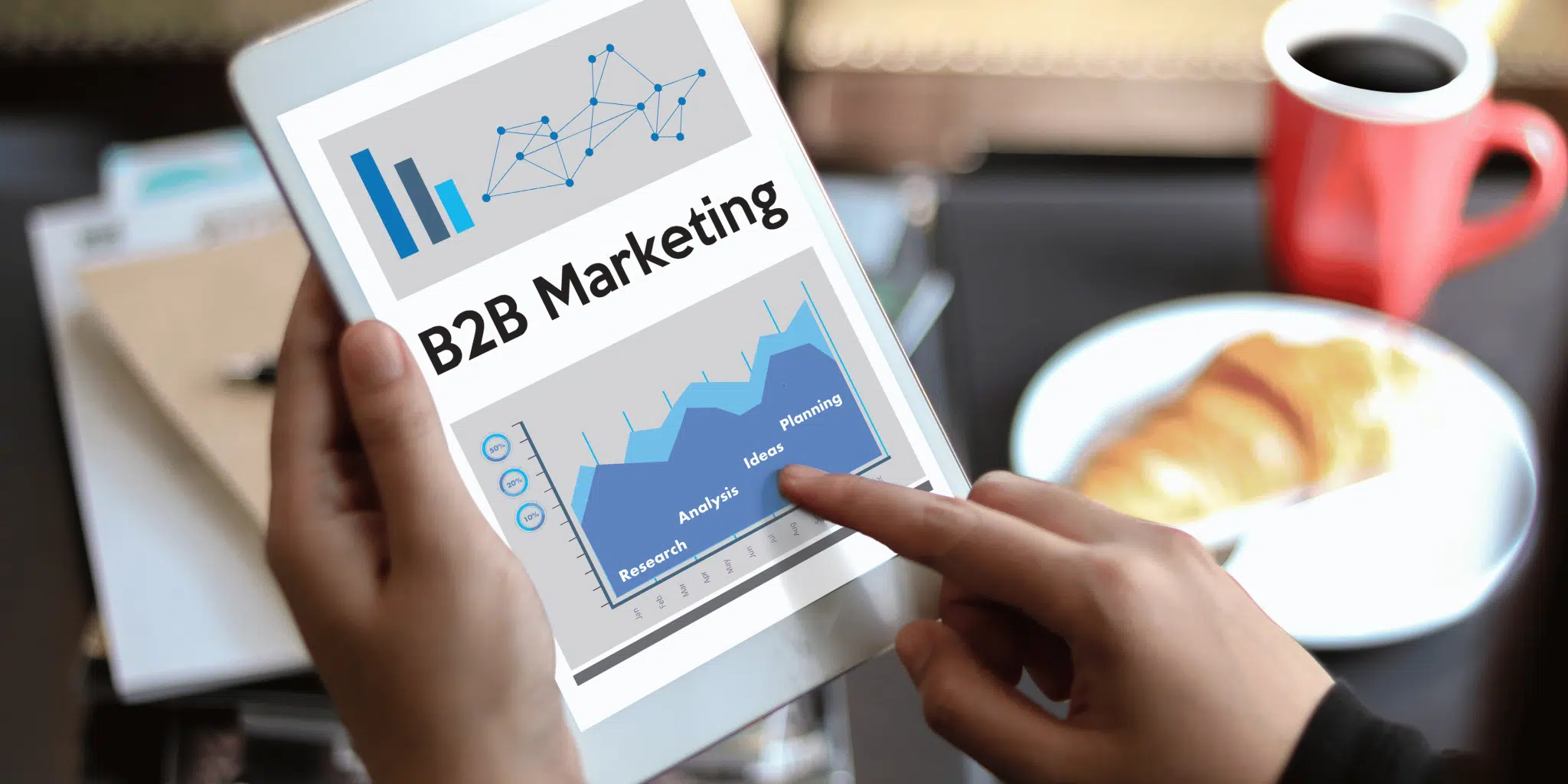 LinkedIn: The Undisputed Leader for B2B
LinkedIn: The Undisputed Leader for B2B
Why It Works:
LinkedIn works because it is the only social media site that is used exclusively for professionals and businesses.
Key Stats:
- With more than 950 million users worldwide, a significant number of them in the U.S.
- One out of five LinkedIn users make business decisions.
- LinkedIn is an organic content distribution tool that is used by 96 percent of B2B marketers.
Benefits for B2B:
- Targeted Advertising: Narrow down based on job position, industry, and company size, etc.
- Thought Leadership: Publish posts, wisdom and trends in the industry to establish authority.
- Lead Generation: Directly contact decision-makers through lead gen forms, InMail, and LinkedIn Sales Navigator.
- Networking: Establish relationships and interact with prospective partners, clients or talent.
Best For:
- SaaS companies
- Professional services
- HR and recruiting
- Enterprise-level solutions
- Rating: Excellent general platform on which to conduct business.
X (Previously twitter): Rapid-Thought Leadership
Why It Works:
X (Twitter) is a live application where companies are able to participate in industry discussions, news and contact with influencers or media.
Key Stats:
- Around 70 million U.S. users.
- 82%of B2B marketers utilize X to create organic content.
Benefits for B2B:
- Short-term Updates: Ideal when it comes to sending product news, blogs or covering live events.
- Thought Leadership: The brand voice is built through engaging in trending topics.
- Hashtags: Find niche customers with industry hashtags (ex: #B2BMarketing, #SaaS, #MarTech, and so on).
- Customer Support: A variety of enterprises rely on X to answer the questions or concerns of their clients.
Best For:
- Tech companies
- Media and publishing
- Startups
- B2B SaaS companies
Conclusion: Good in real-time engagement and brand visibility.
Facebook: Still Relevant, But with Limits
Why It Works:
Although Facebook is more consumer oriented, it is also useful in B2B, particularly when one considers its sophisticated ad targeting capabilities.
Key Stats:
- Over 240 million U.S. users.
- 74% of B2B marketers use Facebook.
Benefits for B2B:
- Facebook Groups: Form or join industry specific groups in order to communicate with professionals.
- Targeted Ads: Ads can be targeted based on job titles, interests or business behaviors.
- Retargeting: Reach out to the users that have been visiting your site or engaging with your content.
Limitations:
The organic reach is constrained by algorithm changes.
The business decision-makers might not be active Facebook users in terms of work-related content.
Best For:
- Local service providers
- Niche B2B industries
- Events and webinars
- It is effective as a support platform, particularly when there is a paid campaign.
YouTube: Long-Form Educational and Trusted Video
Why It Works:
The second largest search engine in the world and a very good place to host explainer videos, case studies, product demos and webinars is YouTube.
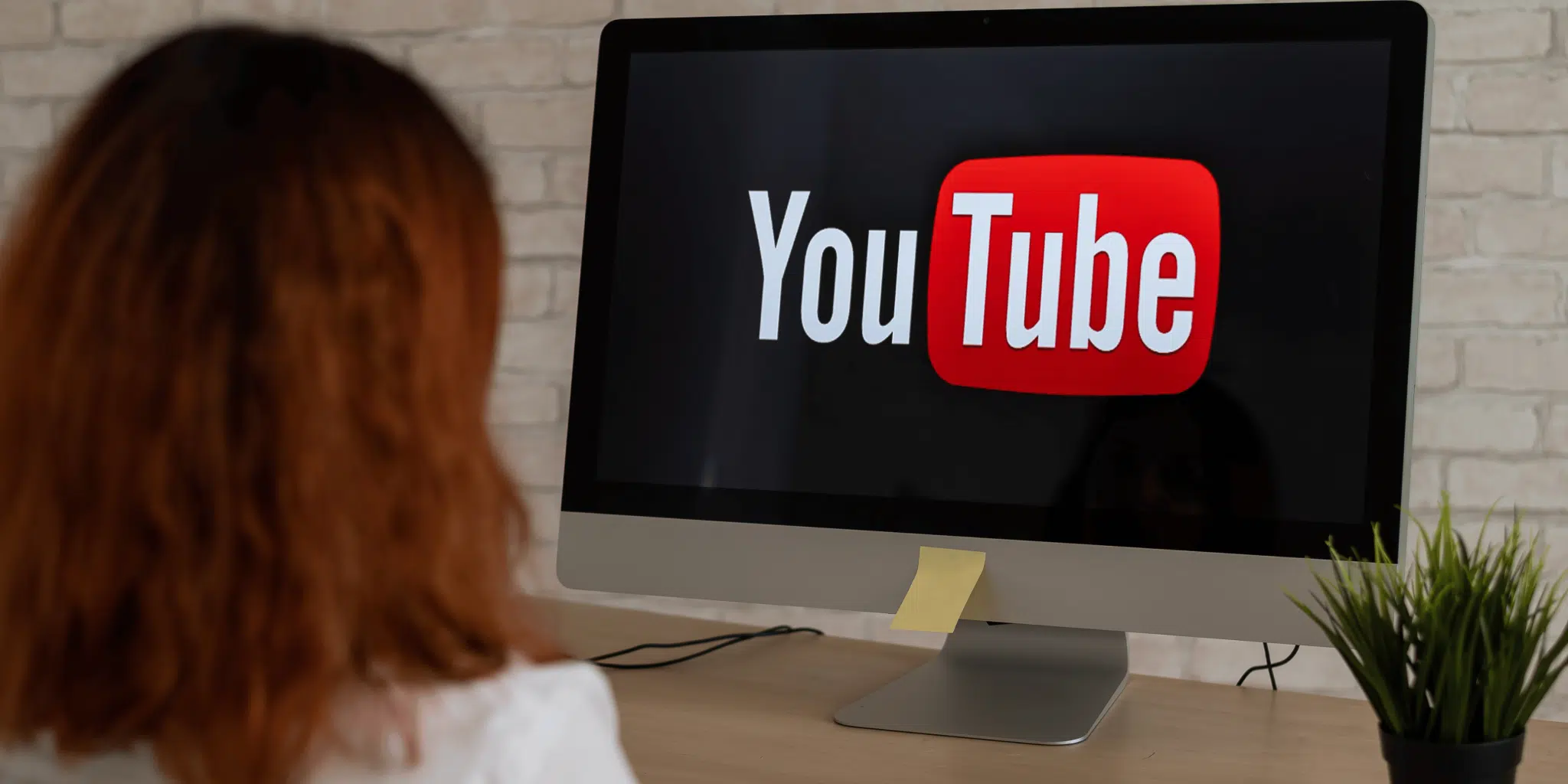 Key Stats:
Key Stats:
- Over 250 million U.S. users.
- B2B buyers view videos during the sales process 70 percent of the time.
Benefits for B2B:
- SEO Boost: Videos have the ability to be shown in Google searches.
- Content Longevity: Videos have a longer shelf life than the majority of social posts.
- Brand Authority: Share knowledge by showing how-tos, tutorials and interviews.
Best For:
- Tech and software companies
- Engineering and manufacturing.
- Consultancy and training services.
- Conclusion: Good to establish trust and train the prospect.
Instagram: Visual Storytelling for Brand Personality
Why It Works:
Instagram may not appear as a B2B fit, but it can contribute to making your business more human as well as creating emotional bonds, particularly with younger decision-makers.
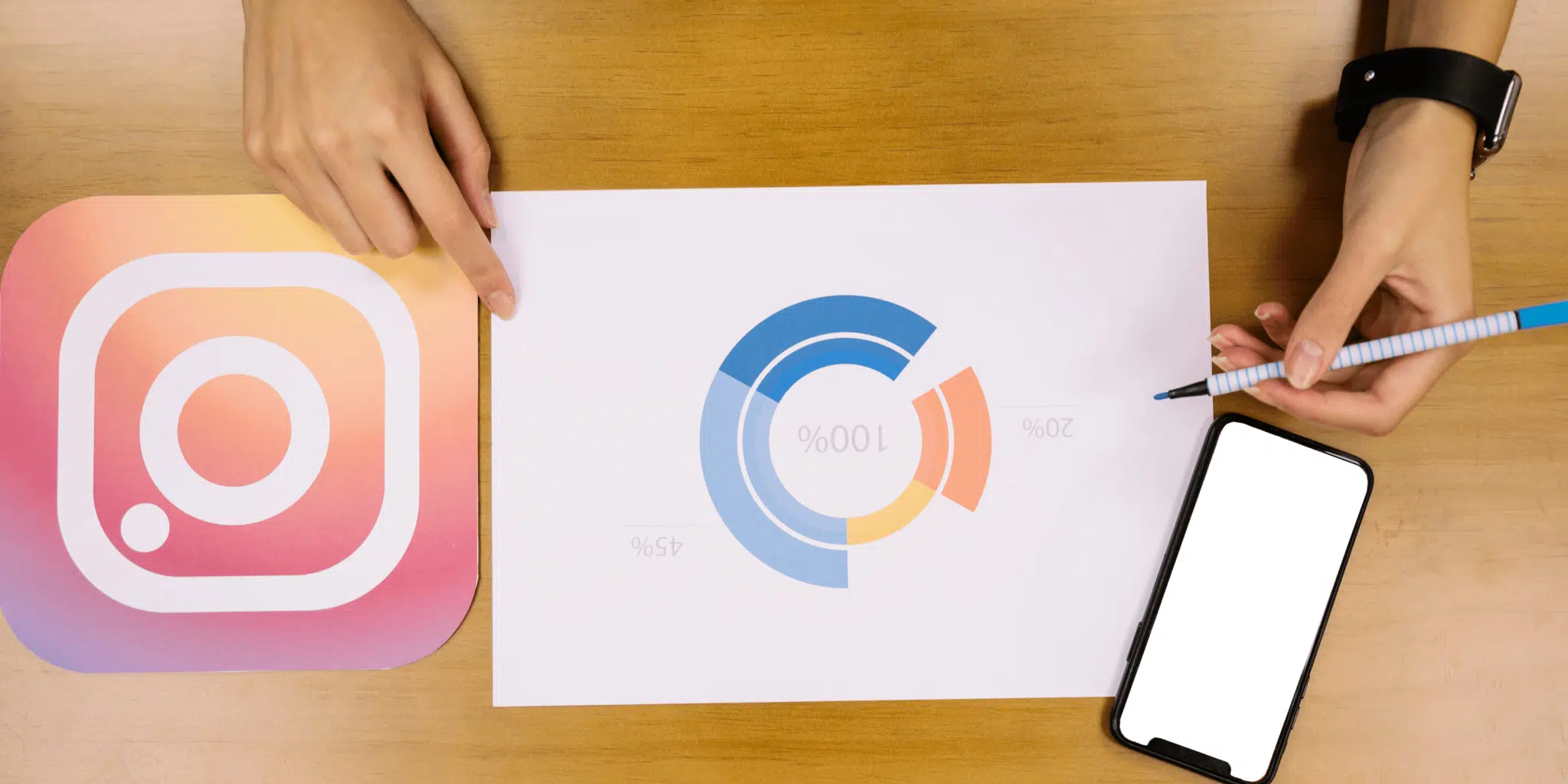 Key Stats:
Key Stats:
- Instagram is being used by 60% of B2B marketers.
- The U.S.has over 150 million users.
Benefits for B2B:
- Behind-the-scenes material: Demonstrate your team, office culture or process.
- Stories and Reels: Short informative posts.
- Event Promotion: Ideal with conferences, launches and webinars.
Best For:
- Design/marketing industries (creative)
- Tech startups
- Recruitment and the employer brand.
- Recommendation: Good brand and culture, not lead gen.
TikTok: Emerging Player with a Growing B2B Angle
Why It Works:
Although it remains mostly B2C, TikTok has a growing reach and creativity that is drawing more B2B brands- particularly those with younger audiences or those seeking to be unique.
Key Stats:
- 150 million users in the U.S.
- Most rapidly expanding social media.
Benefits for B2B:
- High Involvement: Viral creative content is possible.
- Instructional Videos: Brief explainer videos have the potential to display experience.
- Trend Participation: Aids in making the brand more human.
Limitations:
- Continuing to develop as a B2B channel.
- Needs regular and innovative material.
Best For:
- Startups and disruptors
- HR and recruiting
- Brands that are B2B and have high visual components.
- Conclusion: Worth trying, particularly as a brand visibility tool.
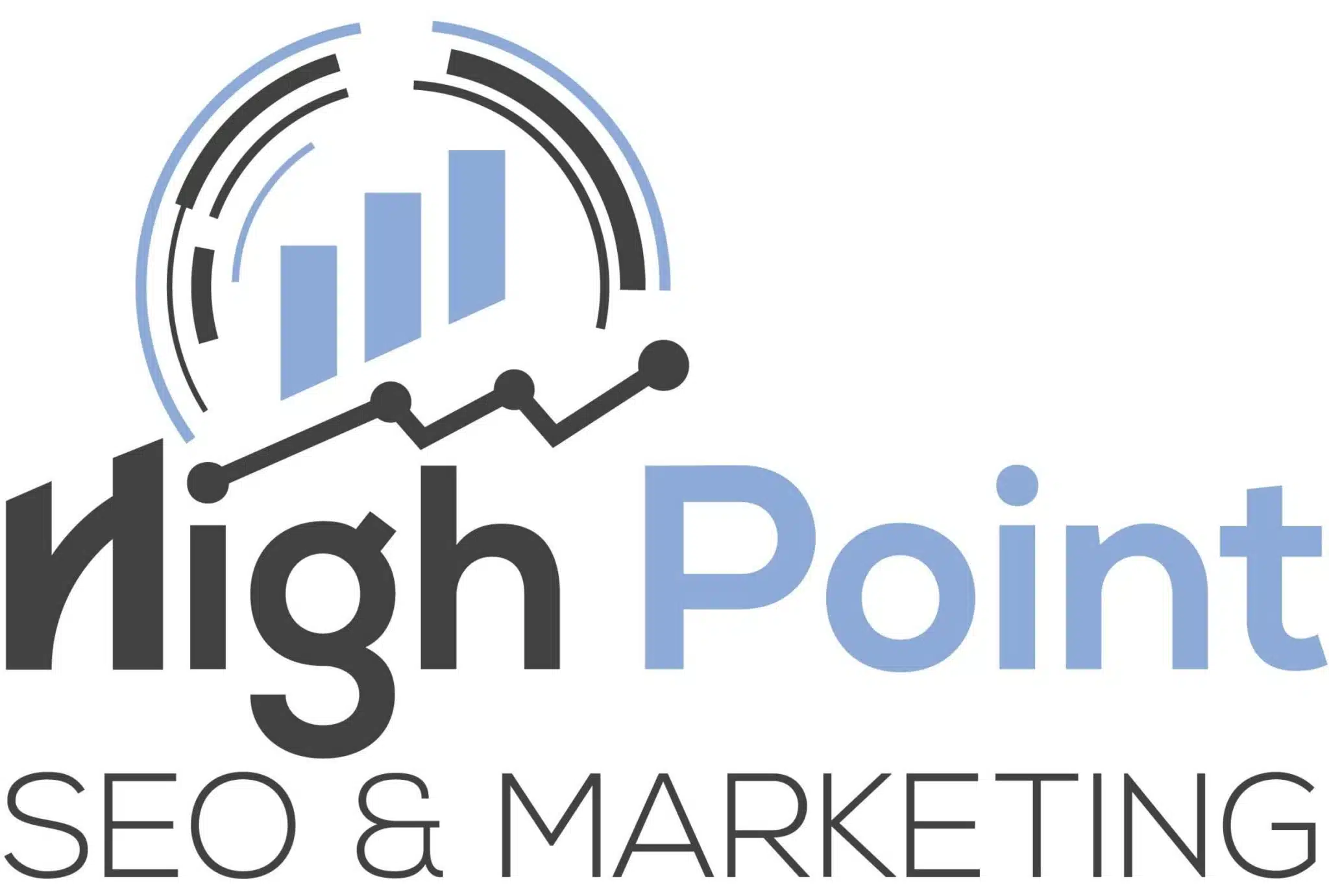
 Bill Yeager, Co-Owner of High Point SEO & Marketing in CT
Bill Yeager, Co-Owner of High Point SEO & Marketing in CT